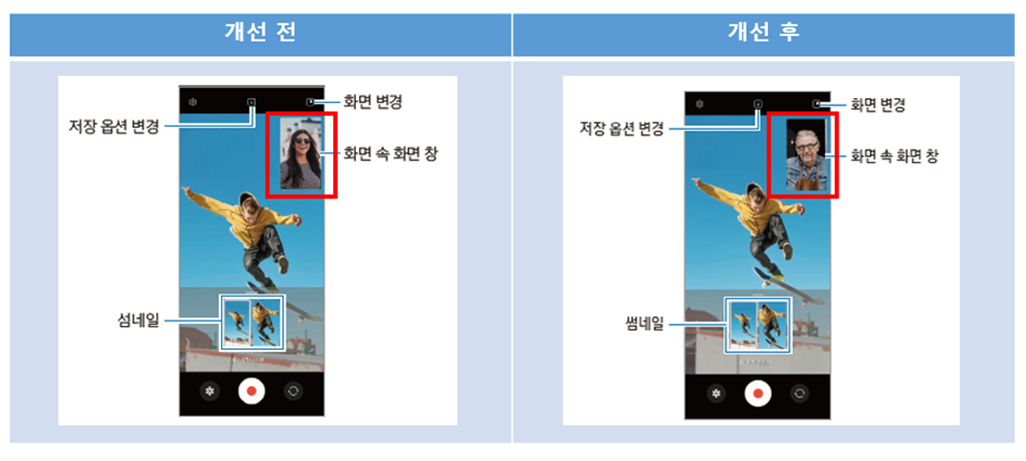In recent years, the emphasis on DEI—Diversity, Equity, and Inclusion—has become a cornerstone in evolving corporate and organizational cultures. These principles are not only pivotal for nurturing a healthy corporate environment but are also instrumental in enhancing brand image globally across various sectors.
But did you know that DEI can also be applied to something as standardized as product manuals? This may be a novel idea for many, so in this post, we will explore what DEI means, why it’s important, and how it can specifically improve manual content, using real examples.
What is DEI?
DEI, which stands for Diversity, Equity, and Inclusion, is essential for developing user-friendly manuals that resonate with a diverse audience. These principles guide businesses and organizations in embracing people from varied backgrounds and experiences, ensuring fair treatment for all. Let’s break down what each term embodies:
- Diversity is about respecting and valuing individual differences, whether they be racial, gender, age, cultural, or socio-economic.
- Equity means offering resources tailored to individual needs, ensuring everyone can fully participate in society—a principle that’s crucial in user documentation.
- Inclusion in user manuals creates an environment where all users, regardless of their background, feel welcomed and respected.
Why is DEI Important? The Crucial Role of DEI in Enhancing User Documentation
The growing emphasis on DEI is driven by several factors:
- Improves Business Outcomes: Teams with diverse backgrounds can bring fresh ideas and perspectives that drive innovation and better address customer needs.
- Enhances Organizational Culture: Practicing DEI makes employees feel valued and respected, which boosts their engagement and productivity.
- Strengthens Brand Image: As consumers increasingly value social responsibility, a strong DEI stance can enhance a company’s public persona.
- Boosts Revenues: A positive reputation can attract more customers, directly impacting sales positively.
Examining DEI Elements for Manuals
At Hansem Global, we applied DEI principles to the product manuals of Samsung smartphones—a product used by a diverse consumer base, making it a prime candidate for a DEI-focused approach. Here’s what we considered:
- Avoid Age Bias: Don’t associate features like text enlargement exclusively with older users, as this perpetuates stereotypes.
- Use Inclusive Language: Avoid language that could demean people with disabilities, such as outdated or offensive terms.
- Consider Physical Abilities: Recognize that not everyone will interact with devices in the same way; some might not use their hands at all.
- Refrain from Subjective Language: Avoid assuming that all users find the interface ‘quick’ or ‘easy,’ as experience levels vary.
- Avoid Gender Stereotypes: Ensure that no features are implied to be suitable only for one gender.
- Review Social Preconceptions: Not all adults are employed, and not all teenagers are students; product manuals should not make assumptions about social roles.
Improving Manuals from a DEI Perspective
Our review revealed the need to reduce subjective language like ‘fast,’ ‘easy,’ and ‘convenient,’ commonly used in smartphone manuals. We removed unnecessary adjectives and revised sentences for clarity without making assumptions about user capability.
Imagery Revisions
- Diversity in Visuals: Updated images to reflect a broader range of races, ages, and genders.

- Replacing People with Objects: Where not necessary, we replaced human images with object-focused visuals.

- Eliminating Hand Images: Removed images that only showed hands to make instructions clearer and more inclusive.

Outcome and Impact
By embedding DEI principles into our manuals, we hope to enhance user experience significantly—making our brand more appealing and respectful to all users. This proactive approach is expected to not only satisfy but also delight our diverse customer base.
Are you ready to enhance your user manuals with DEI principles? Explore our comprehensive guide for integrating Diversity, Equity, and Inclusion into your documentation practices and take the first step towards creating more inclusive content today.






